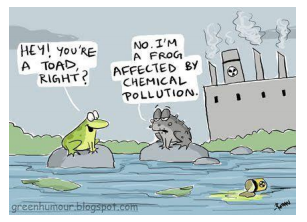Questões de Concurso
Sobre interpretação de texto | reading comprehension em inglês
Foram encontradas 10.134 questões
“Benjamin Franklin was born on January 17, 1706, in Boston, Massachusetts. He was one of ten child born to Josiah Franklin, a soap maker, and his wife Abiah Folger. When Benjamin was 12, he aprenticed for his brother James who were a printer. Benjamin worked extremely hard at formating the text and composing publications.”
“Amelia Earhart was one of the most famous celebrities off her time. She was the first woman to fly acros the Atlantic Ocean on herself, She broke the record for flying across the Atlantic Ocean in the shortest amaunt of time.’’
1. Did your parents blow a fuse when you told them about your report card?
2. Someone on the highway went off the deep end and pulled out a gun.
3. Winning an Oscar must be great. The winners must feel like they are walking on air.
4. Walking through the cemetery at midnight made my blood run cold.
1. The suspect lost his cool during the interrogation.
2. The holidays always put me in high spirits.
3. John’s a little bummed out. His favorite restaurant just went out of business.
4. I always have butterflies in my stomach before I give a presentation.
I. male mosquitoes and female mosquitoes have different eating habits
II. male mosquitoes are harmless to humans
III. female mosquitoes are responsible for transmitting diseases to humans
Read the comic strip below and answer the following question. Choose the CORRECT answer.

What is the main idea of the comic strip?
Concerning the text presented above, judge the following items.
The authors claim that voters’ attitudes towards the
economic situation at the time would lead to them
identifying with candidates from traditional political parties.
Concerning the text presented above, judge the following items.
The article presents data from a survey that pointed to
optimism about Brazil’s economic situation.
Concerning the text presented above, judge the following items.
According to the authors, unemployment in Brazil, at the
time of publication, affected all gender and racial profiles
equally.